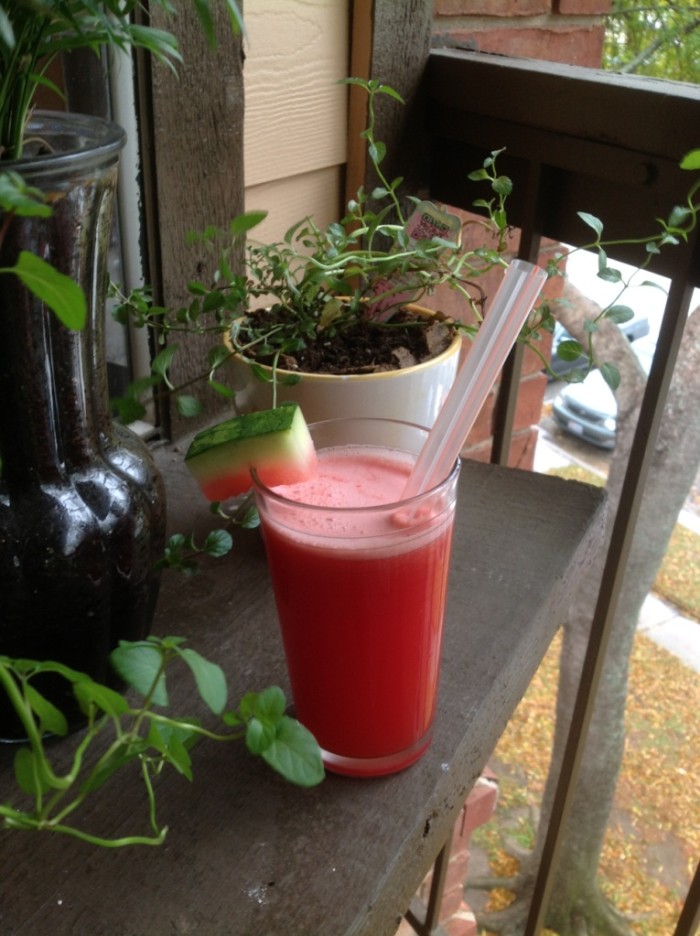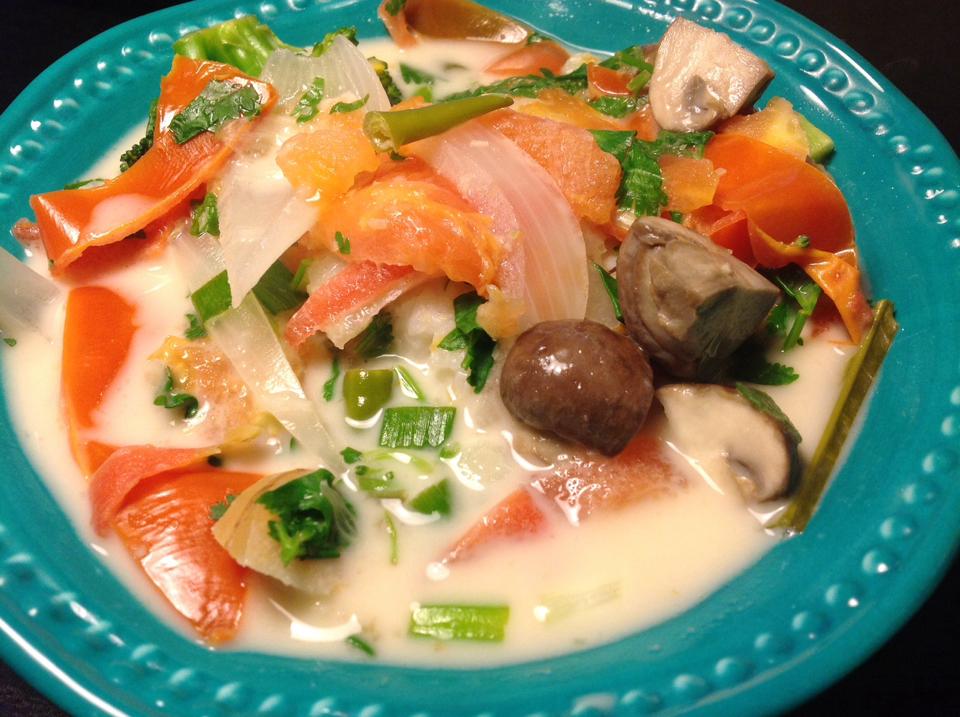
Even while eating healthy foods you can experience problems such as bloating, abdominal upset, gas, or other digestive discomfort. Many people mistakenly think it is a reaction to the type of food they are eating, and decide to either stop eating that particular type of food, or have unfortunately come to think of these problems as normal. But often, it is the order in which the food was eaten that causes digestion issues, because different types of food are digested differently, and have different digestion times. I, for one, scoffed at this concept of food combining until one night a friend and I decided to eat watermelon after dinner. It was so horrible! We both bemoaned ourselves, and I decided to take the matter of food combining more seriously afterwards.
Figuring out how to eat different food groups in order may seem daunting, but it can be made easier by following a few guidelines, and by knowing the digestion times of foods. Juices and water take 20-30 minutes to digest. Soups, fruits, non-starchy vegetables, and smoothies can take about 30-45 minutes. Grains and starches take roughly 2-3 hours to digest, and beans take about 3 hours for the body to digest.
Here are the 10 rules of food combining for pain-free digestion:
1. Melons must always be eaten alone, and for breakfast. Unless you plan on eating melons all day, do not consume them after eating other foodstuffs! You will be sorely sorry, because they digest so quickly they will run into the other foods you have eaten during the day–if you eat them at night, they will catch up with your breakfast causing a very disconcerting traffic jam” in your body.
2. Fruits are best eaten alone, and ideally for breakfast like melons, but they will combine well with other fruits and leafy green vegetables. Mono-meals (meals of one type of fruit only) will aid in digestion time and nutrient absorption. Fruits may be eaten for lunch or dinner if you are eating only fruit beforehand. Eating fruits after other foods can cause them to ferment inside your stomach, causing gas, bloating, and pain.
3. Starches may be eaten with non starchy vegetables, but not with acidic fruits, or tomatoes. This is because the enzymes in the acidic fruits and tomatoes will decrease the bodies’ ability to begin the salivary digestion of starches in the mouth. Remember to chew starches very thoroughly to aid in digestion.
4. Sugars may not be eaten with starches or protein, because the sugar is likely to break down into alcohol and carbon dioxide–and ferment in your stomach.
5. Proteins may be eaten with non-starchy vegetables, and never with starches. Beans, notorious for causing gas, are about 25% protein and 50.5% carbohydrates, and are a difficult food for many to digest. If you experience stomach pain after eating beans, try lentils or mung beans, which are both easier for the body to break down.
6. The amount of fat in a meal will determine the time it takes to digest a meal, because fats are prioritized over other foods by the body. A high fat meal may take up to three hours to digest.
7 Non-starchy vegetables and leafy greens are neutral and may be combined with all foods.
8. Fats, starches, and proteins do not combine well with each other.
9. Avoid the combination of raw and cooked foods together.
10. Acidic fruits can combine with nuts and overt fats such as avocados.
While much of the information about food combining is anecdotal, it has been propagated by Ayurvedic Medicine, the Alkaline Diet, and followers of Natural Hygiene. Try eating foods in order of lightest to heaviest, and see how you feel. Every one is different, and some people’s bodies can take more stress on the digestive system than others, but this does not mean your body is digesting foods optimally. Drinking water before meals, chewing your food thoroughly, and waiting 3-4 hours between meals will greatly decrease your chances of gastrointestinal upset.
Watermelon Detox Juice–for breakfast only!
1 personal watermelon, or 1/2 large seedless watermelon
1. Wash the outside of your watermelon with a good vegetable soap. Watermelon rinds can carry germs like salmonella which can transfer to the inside of the melon when cut.
2. Cut and dice watermelon into chunks. Place in blender.
3. Blend until smooth.
4. Pour through a strainer into a large jug. I use a spoon to press the juice out of the watermelon mush left behind in the strainer.
5. Drink! It is so sweet and refreshing, and definitely ensures hydration–which is extremely important in the morning. You can add mint leaves to your juice if desired.
Also by Jessi: Should You Try Fruitarianisms? These Raw Vegans Say, Yes
Related: How I Started My Alkaline Diet
__
Photo: 123rf; Jessica Ferguson





